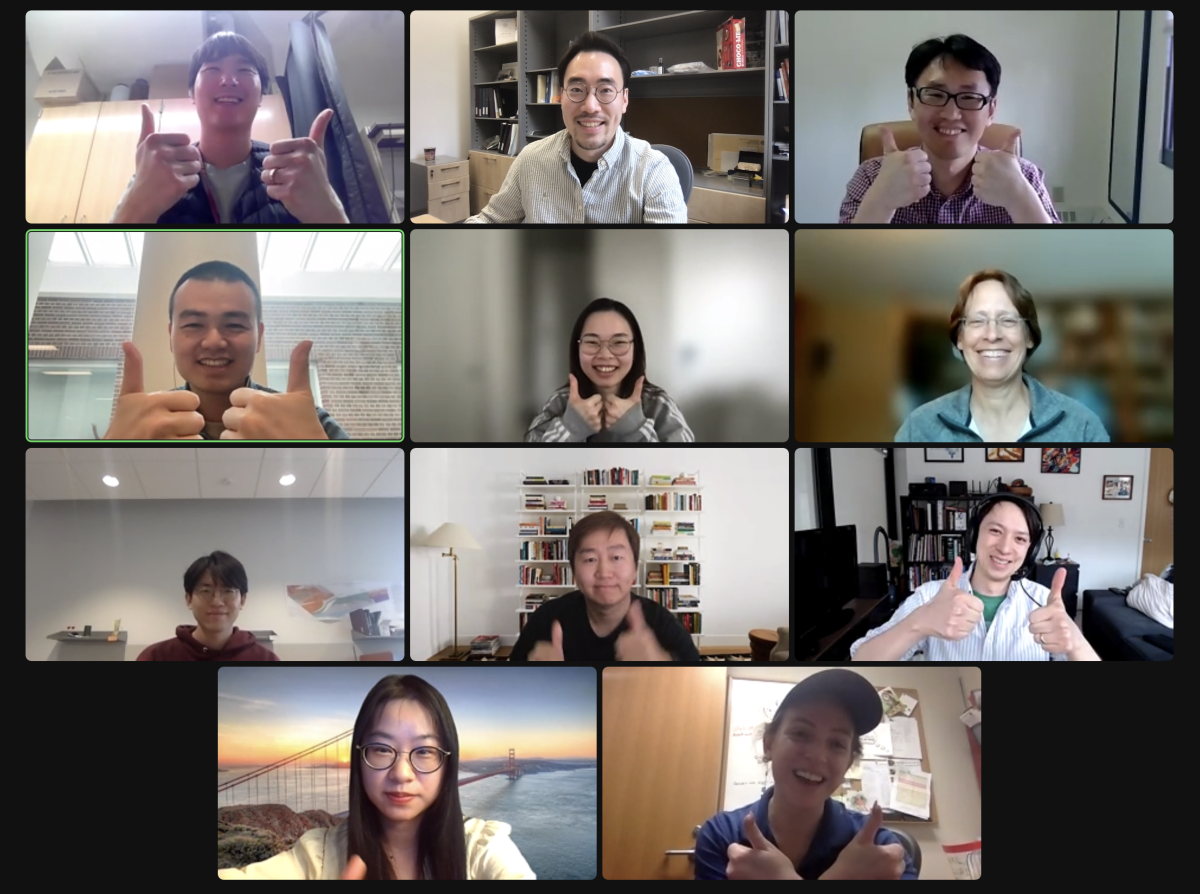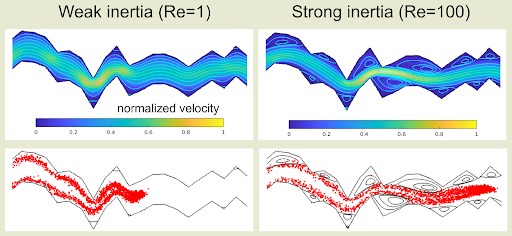Predicting fluid flow and transport processes in fractured geologic media

Understanding fluid flow and reactive transport in geologic fractures is critical to securing sustainable water and energy resources. Nearly 99% of global unfrozen freshwater is stored in groundwater systems, and about 75% of near-surface groundwater systems on Earth are considered to be fractured. Further, approximately 60% of the world’s oil and gas reserves are stored in fractured carbonate reservoirs, and these reservoirs will play a central role in geologic carbon sequestration and H2 storage. However, we currently lack the ability to predict transport, mixing, and reaction in fractured rocks, limiting successful implementations of various subsurface technologies. A major challenge arises from the fact that transport phenomena in fractured media depends not only on complex structural properties of fractures (e.g., roughness, fracture connectivity) but also on fluid flow conditions (e.g., flow rate). In particular, fractures often feature crack-like, discrete openings that result in much higher flow and stress sensitivity compared to a rock matrix. Thus, a wide range of flow regimes, from Stokes to strong inertial flows, can occur in fractured media, and recent studies have shown that fluid inertia effects can strongly affect transport phenomena.
Peter Kang’s research group has combined stochastic transport theory, high-performance numerical simulation, machine learning, and visual laboratory experiment to improve our mechanistic understanding of transport processes in porous and fractured media. Based on the improved understanding, we successfully developed predictive parsimonious transport models that rely on a few physical input parameters. For example, Figure 1 shows direct numerical simulations of solute transport through a single rough fracture. By systematically analyzing particle trajectories, we were able to propose a simple stochastic model that can predict the effective transport through rough fractures (Yoon and Kang, 2021a). This work has been extended to reactive transport (Yoon and Kang, 2021b) and fracture network scale transport (Kang et al., 2020) (Figure 2). Currently, we are using machine learning techniques to extract the transport model parameters directly from flow and fracture structural properties. If successful, we will be able to propose a new modeling framework for transport in porous and fractured media. This work is partially supported by NSF CAREER grant EAR-2046015.

Figure 1. Velocity fields and snapshots of particle positions at two different flow conditions. An increase in fluid inertia leads to complex flow patterns such as recirculating flows which in turn govern solute transport. Images modified from Yoon and Kang, 2021a.

Figure 2. Discrete fracture network composed of three fracture families (red, blue, and green) and a snapshot of particle positions obtained from particle transport simulation through 3D fracture networks. Images from Kang et al., 2020.
References
Yoon, S. and Kang, P.K., 2021a. Roughness, inertia, and diffusion effects on anomalous transport in rough channel flows. Physical Review Fluids, 6(1), p.014502.
Yoon, S. and Kang, P.K., 2021b. Mixing-Induced Bimolecular Reactive Transport in Rough Channel Flows: Pore-Scale Simulation and Stochastic Upscaling. Transport in Porous Media, pp.1-22.
Kang, P.K., Hyman, J.D., Han, W.S. and Dentz, M., 2020. Anomalous transport in three‐dimensional discrete fracture networks: Interplay between aperture heterogeneity and injection modes. Water Resources Research, 56(11), p.e2020WR027378.
Authored by Dr. Peter K. Kang, Assistant Professor, Department of Earth & Environmental Sciences